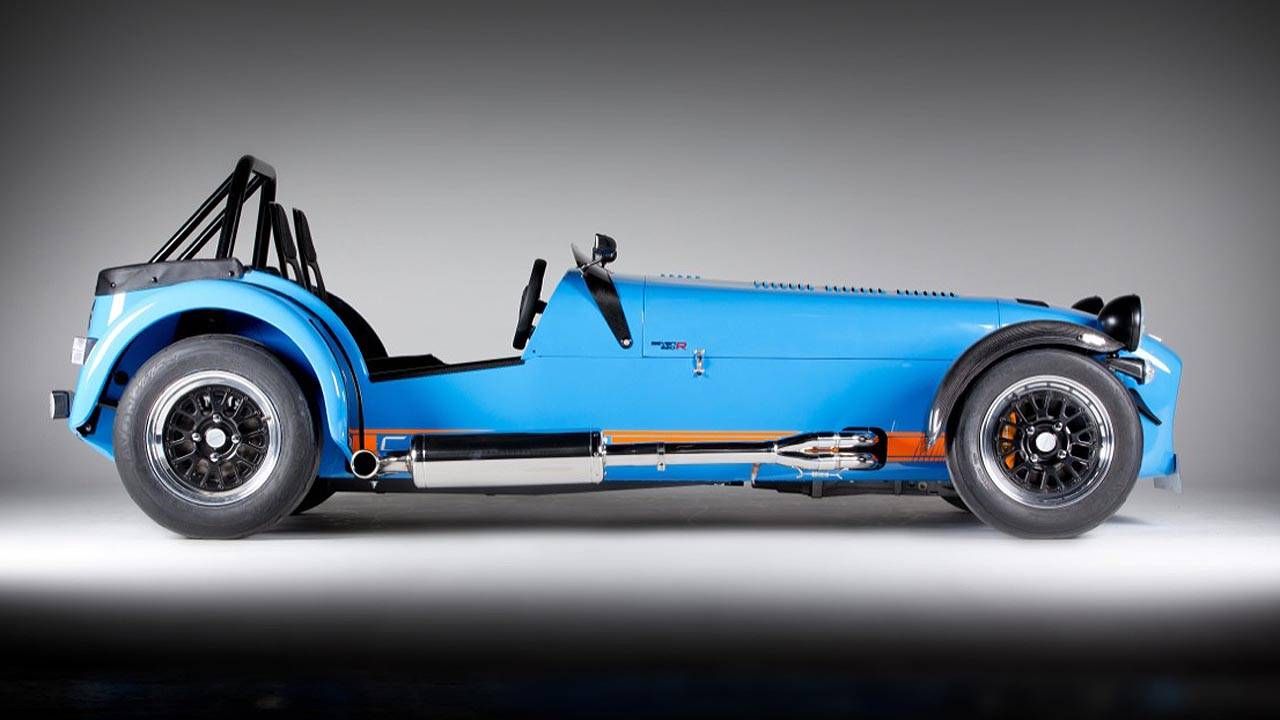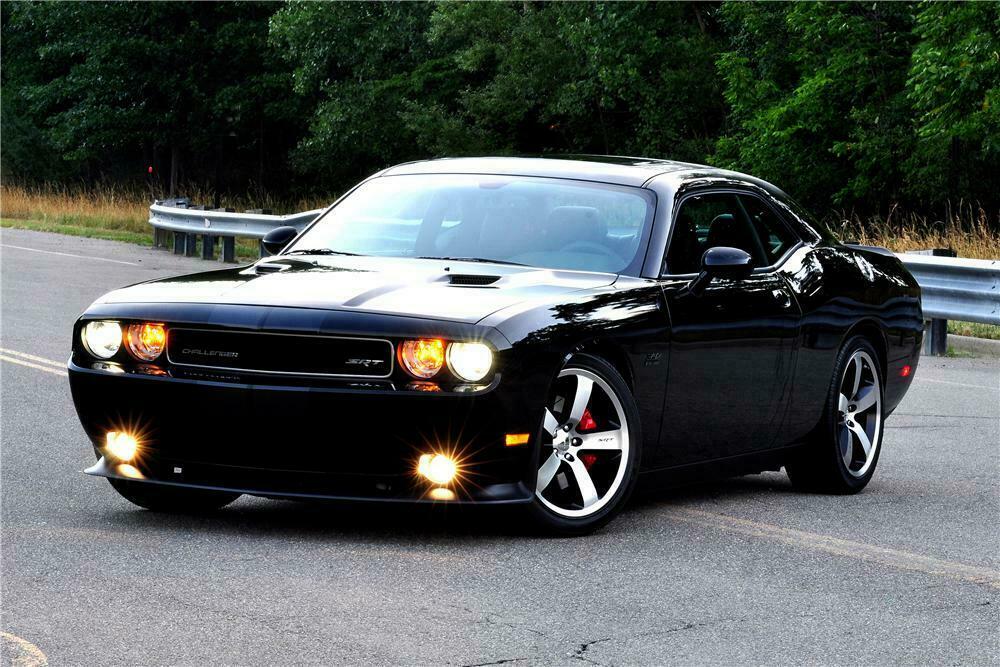
Larry was amazed at the originality and design of the 1969 Ford Cobra his first time seeing it. It was in excellent condition with its original Raven Black paint finish. It was in need of a new paint job, but otherwise, the car was a great deal more original than Larry thought. This Cobra had lived in Wisconsin for its entire life, and had not been driven since it was new. Larry had the simple idea of bringing it up to the next level.
1969 Ford Cobra
This 1969 Ford Cobra is an investment grade, reference quality muscle car. This car is the focal point of any collection. It has two longtime owners with over $75,000 investment. It's available for sale now from National Muscle Cars. The car is offered in the following configuration: base, R, or RS. This configuration allows you to remove the engine from the car and install the transaxle and transmission in the front.
This Ford is the most powerful car in 1969. The Cobra four-speed transmission produces 335 horsepower. The car comes with competition suspension. Motor Trend measured the Cobra's four-speed speed and determined that it could complete the quarter-mile in 14.5 seconds. The Cobra's Ram Air system ensured that the driver was well-placed, so there wasn't any motion sickness. While the car's suspension is capable of turning hard corners, it can be hairy.

1993 Ford Mustang SVT Cobra
This 1993 Ford Mustang SVT Cobra limited edition was an exclusive production model of the Foxbody sports car. It was equipped with a 5.0-liter V8 engine tuned for more power. The car's factory rating was 235 horsepower, 280 pound-feet and torque. SVT tuning used Mustang GT performance as the base for their tuning. The car's cylinder heads were therefore replaced with GT40 pieces. The engine also had modified intake manifolds and camshafts. It also featured vented disc brakes.
The engine was powered from a 302CI, V8 engine producing 235 horsepower. It was fitted with GT-40 "High Flow" Cast Iron heads with larger valves and intake port designs. These heads were topped by GT-40 lower intake manifolds and a special tubular cast aluminum upper intake modeled after the GT-40. The GT-40 manifold diverted the air into a series o rectangular ports. H.O. was also bigger than the Mustang Cobra's throttle bodies. spec engines.
1999-2004 Ford Mustang SVT Cobra
The 1999-2004 Ford Mustang SVT Cobra was a performance convertible that was offered by SVT. The same V6 engine was used, but it was modified to improve performance and handling. In addition to the V6, the Cobra also received an aluminum flywheel. It featured a modified suspension that allowed for individual damping rates. This car's suspension system featured forged alloy wheels with 245/45ZR-17 BFGoodrich Comp T/A tires. The car's distinctive sound began with a low growl at moderate cornering speeds, and then grew to a deep howling at maximum performance.
SVT engineers worked with the Cobra's engine to reduce the car's weight by removing 50 lbs from the front. Twenty percent of the car's weight was due to the engine. Six pounds were taken from the coil-on-plug, direct ignition system. The new Mustang SVT Cobra is roughly one foot shorter than its predecessor. It has a 55/45 ratio fore-to-aft. This means that the new SVT Cobra weighs 110 pounds less than the previous model.

2010 Ford Mustang Cobra Jet
Ford Mustang Cobra Jet is a high performance supercar that debuted back in 2008. This supercar is now in its fourth generation. It has several upgrades to make it even more powerful. Cobra Jet 2010 features a new fuel-system that uses a return type system in the trunk. Aluminum has replaced the intercooler cooler tank, increasing its capacity and making it more resistant to pressurization. The supercar has fans and a linelock, which disables the rear brakes if there is a fire.
The 2010 Cobra Jet began as a basic white Mustang. Watson Engineering installed a cage along with other modifications. It also receives a NHRA-legal rear seats delete panel, firewall, transmission access panels, and a firewall. The Cobra Jet's new performance name and logo are then applied to it before it is shipped back to AAI. The Cobra Jet's engine and suspension is modified to give it a much higher horsepower than its V6 counterpart.
FAQ
How can I prepare myself for a mechanic apprenticeship
It is vital to be able to comprehend what you are doing. It is important to know the basics of how cars work. This will help you to plan your first day in the garage.
Also, you need to know how fix simple problems, such as tires and lights that aren't working.
You will be able to diagnose and repair problems yourself.
Also, it is important to know how parts fit together so that you can put them back together.
Finally, you need to be able to safely and efficiently use tools.
All of these factors will allow you to become a skilled mechanic.
To be a car mechanic, do you need a degree? Do I have to study part-time?
While a degree is not required, it does help. Employers prefer applicants who have completed a full-time degree. It shows that you've worked hard and are determined to succeed.
But, this doesn't mean you have to stop working while studying. Some universities permit students to do coursework during summer holidays and complete their studies later in a year. Some universities allow students to take part-time classes throughout the year.
How long does a good mechanic take?
Expert mechanics take years of practice and extensive experience. The best way to learn how to repair cars is by working under the supervision of a professional mechanic.
You will be required to spend time at a car garage learning as much as you can about cars. You will need to be familiar with mechanical engineering books about mechanics, car design, and other topics.
You will also need to go to auto school.
It's important to start early. To learn about automotive technology, don't wait to be older. Start studying automotive technology now to become a mechanic.
Is it hard to get a job working as an auto mechanic?
Yes, it can be very easy. Many garages advertise their vacancies online, and many people apply just because they think it might be fun. To get your foot in front of the door, try applying for a few positions to see if any accept student applications. If you don't know anyone working in the industry, ask your friends and relatives. They may be happy to recommend someone.
What qualifications do you need to be a mechanic?
To become a mechanic, you'll need to pass a series of exams. These include:
-
A general knowledge test
-
A practical exam
-
An apprenticeship test
These tests will ensure you are familiar with the fundamental concepts of mechanics and physics before starting to work as a mechanic.
You'll be eligible for work as a mechanic after you have passed the tests. However, you'll still need to complete an apprenticeship. This will involve trade training.
To learn all there is to know about fixing vehicles, you will need workshops and classes. It will be necessary to work alongside experienced mechanics.
A mechanic must be highly focused and attentive to detail in order to succeed. You'll need to pay close attention to every aspect of vehicle repairs.
To become a successful mechanic you'll need patience. If you don’t love to follow instructions, this may not the right career path.
If you enjoy cars and fixing them, this job could be a good fit for you.
Statistics
- The U.S. Bureau of Labor Statistics (BLS) reports that the job outlook for automotive service technicians and mechanics is expected to decline by 4% from 2019 to 2029. (indeed.com)
- According to the BLS, total auto technician employment is expected to exceed 705,000 by 2030. (uti.edu)
- Apprentice mechanics earn significantly less hourly than mechanics who have completed training, with a median wage of approximately $14.50 an hour, according to PayScale. (jobhero.com)
External Links
How To
How to obtain a mechanic certificate
The mechanic's certifications can be used by people who wish to become professional automotive technicians. These certifications provide an overview of all aspects of auto repair including engine diagnostics and electrical systems, brakes. steering. fuel injection. air conditioning. heating. exhaust. diagnostic tools. body repairs. collision damage repair. collision repair. paintless dent removal. motor vehicle emissions testing.
The program is composed of 12 hours classroom instruction and three month's on-the-job training at participating dealers. Students must complete a minimum of 60 clock hours of classroom study per semester and pass a written exam, including theory and practical questions. Students may take the National Institute for Automotive Service Excellence's state exam after completing the coursework. Automotive service technicians must be certified by ASE.